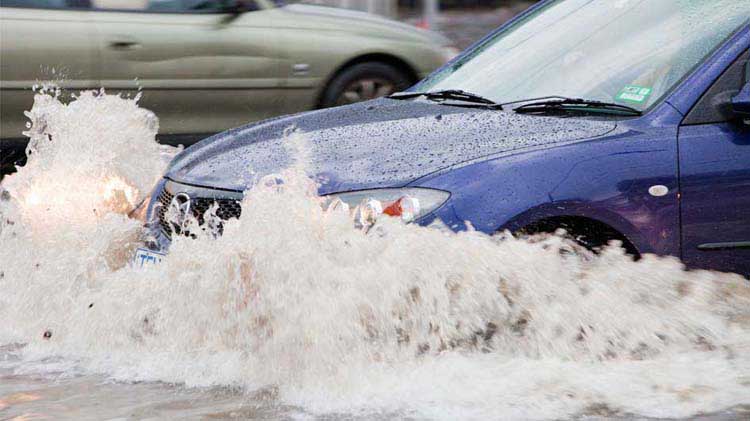rids.verify@gmail.com
+91-9555-581-581 | 9401677773

What to do if your car has flood damage
If your car was partially submerged in floodwater, follow our checklist for assessing flood damage afterwards.
If floodwaters partially or fully submerge your car, it can mean extensive damage and costly repairs. Here's what to do after the waters recede.
Vehicle flood damage checklist
- Survey potential damage. Note the depth of the floodwaters in relation to your car. Avoid starting a flooded car — this will cause more damage if there is water in the engine.
- Act quickly. Submersion of a vehicle in salt water — which is more damaging than fresh water — makes the chances of corrosion much higher. Start drying out your vehicle as quickly as possible, and contact a towing service to get it back to higher ground. Oil, transmission fluid and lube may need draining before a tow.
- File a claim. Your insurance company, along with a qualified mechanic, will uncover how extensive the problems caused by flood damage may be. Among other inspections, they will:
- Check the oil dipstick. Look for water droplets, which likely indicate that there is water in your engine. If that's the case, the cylinders, which are supposed to compress air instead of water, may be broken.
- Remove water-damaged cylinders and check for corroded spots.
- Change the oil and transmission fluid. If the car is not totaled, you'll want to do this again after the car is in good condition and you've been driving it for several hundred miles.
- Check the interior. If floodwaters were more than a few feet deep, water probably made it to the inside of your car.
- Remove all moisture. They might use a wet/dry vacuum to collect standing water in your vehicle, cloth towels to absorb water that has soaked into the seats and carpet, and fans and dehumidifiers to accelerate the drying process.
- Check electrical components. The mechanic might need to replace electrical components.
- Check the fuel tank and line. A siphon pump might be used to remove some fuel in order to see if water is present. If water is found in the fuel (which would naturally separate from the fuel), they will empty the fuel tank completely.







